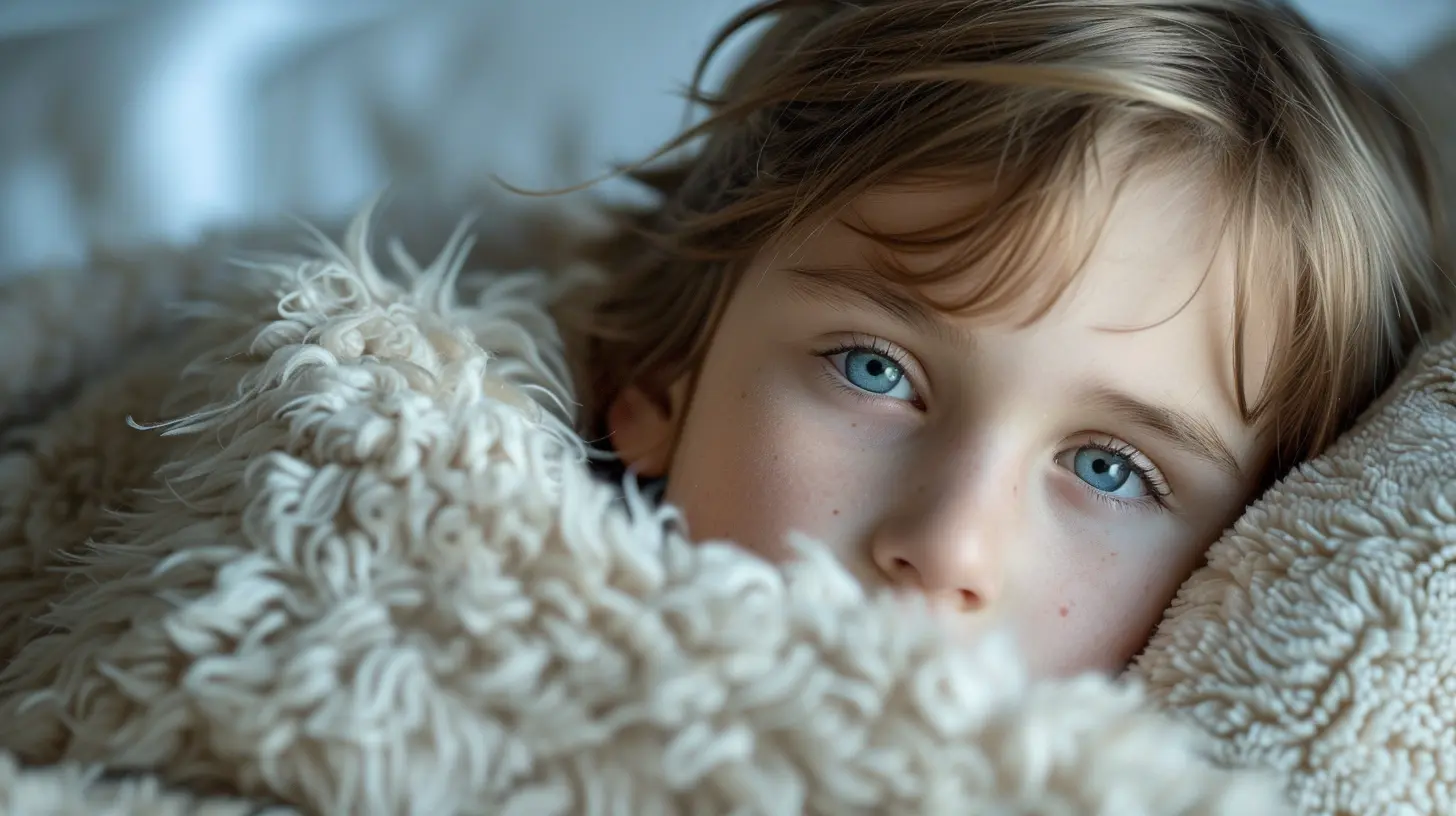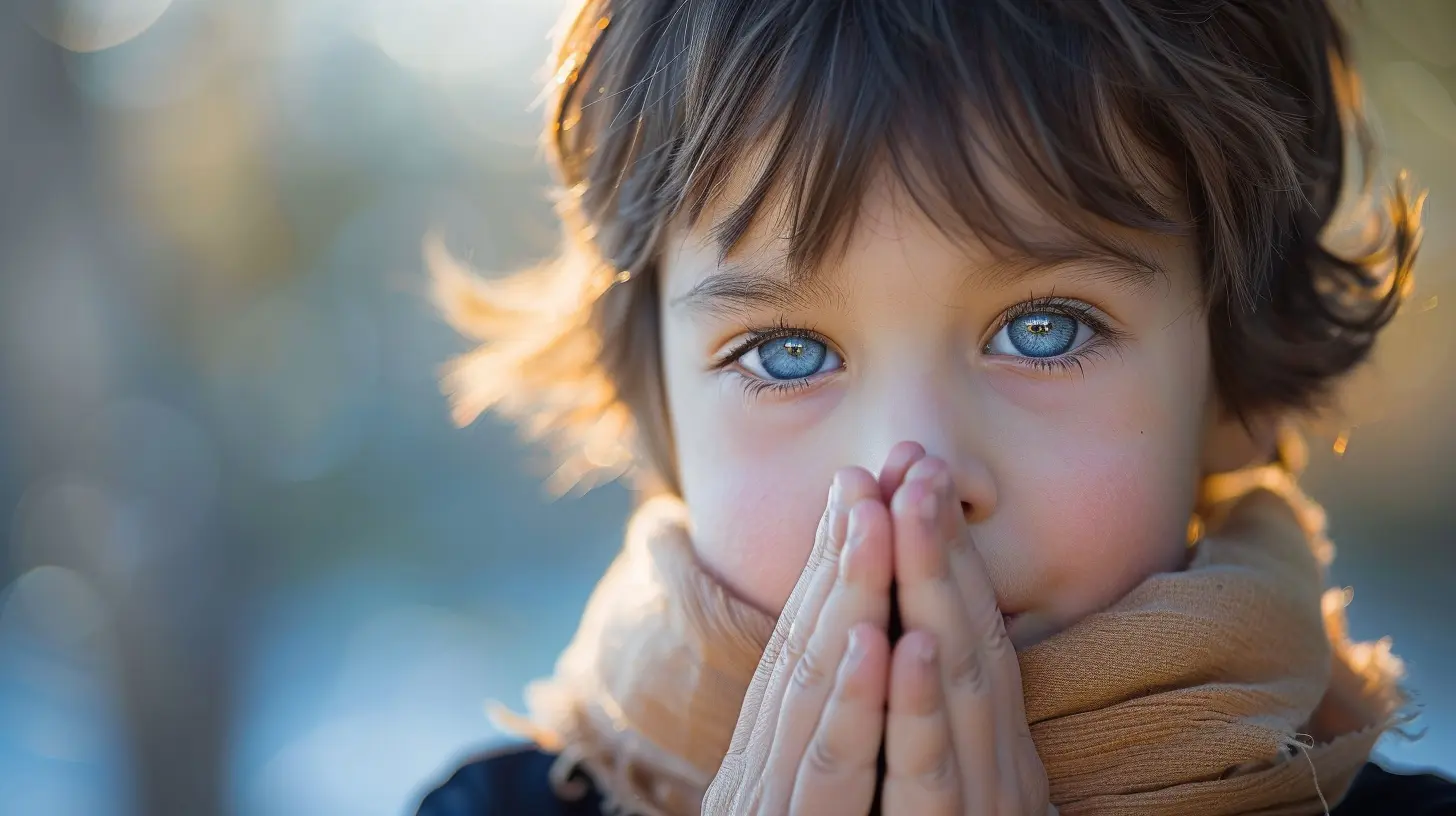Decoding Childhood Coughs: When to Worry and When to Wait
11 November 2025
Coughing is one of the most common reasons parents rush to the doctor. It can sound alarming, disrupt sleep, and make you feel powerless when your little one is struggling. But not all coughs are created equal. Some are harmless and fade away on their own, while others signal something more serious.
So, how do you tell the difference? When should you grab the thermometer, and when should you take a deep breath and wait it out? Let’s break it down together. 
Understanding Why Kids Cough
Coughing is actually a good thing—yes, you read that right! It’s the body's way of clearing out mucus, irritants, and germs from the airways. Think of it as your child’s built-in defense mechanism. Sometimes, a cough is just a minor annoyance, while other times, it’s a cry for help.To make sense of it all, let’s take a closer look at the different types of coughs and what they might mean. 
The Different Types of Childhood Coughs
Not all coughs sound the same, and the way a cough presents can give clues about its cause. Here are some of the most common types:1. The Dry, Hacking Cough
- Often triggered by a viral infection, allergies, or dry air- Sounds harsh but doesn’t bring up mucus
- Usually worse at night or after running around
2. The Wet, Mucus-Filled Cough
- Typically linked to colds, flu, or respiratory infections- Produces phlegm (you may hear a rattling sound)
- Can linger as your child’s body works to clear mucus
3. The Barking Cough
- A telltale sign of croup, a viral illness that causes swelling in the upper airways- Sounds like a seal barking
- Often comes with noisy breathing (stridor)
4. The Whooping Cough
- Caused by Bordetella pertussis bacteria- Starts as a mild cold, but cough attacks become severe, ending with a “whoop” sound
- Can be dangerous, especially for infants
5. The Wheezing Cough
- A wheezy cough could mean asthma, bronchiolitis, or an allergic reaction- Happens when airways tighten, making it hard to breathe
- Often comes with shortness of breath
6. The Nighttime Cough
- Can be triggered by postnasal drip, asthma, or acid reflux- Gets worse when lying down
- May cause restlessness and poor sleep
7. The Persistent, Chronic Cough
- Lasts more than three weeks- Could be due to allergies, asthma, or even secondhand smoke exposure
- Needs medical evaluation to rule out underlying conditions

When to Wait It Out
Not every cough needs a doctor's visit. Many mild coughs will pass on their own with rest, fluids, and a bit of patience. You can usually treat them at home if:- Your child is eating, playing, and acting normally.
- The cough comes with a simple cold (runny nose, mild fever).
- The cough is improving after a few days.
- There’s no difficulty breathing or unusual sounds.
A bit of honey (for kids over one year old), warm fluids, and a humidifier can help soothe the irritation. Cough syrups aren't usually recommended for young children, so it’s best to stick with natural remedies and let the body heal itself. 
When to Worry and Call a Doctor
While most childhood coughs aren’t serious, some require medical attention. Here are key warning signs that mean it’s time to seek help:1. Trouble Breathing
- If your child is gasping, struggling to catch their breath, or their chest is pulling in with each breath, this is a red flag.2. High Fever
- A mild fever with a cough isn’t unusual, but if it’s 102°F (39°C) or higher, it may indicate something more serious, like pneumonia.3. Bluish Lips or Face
- Blue or grayish skin means lack of oxygen—call 911 immediately.4. Cough Lasting More Than 3 Weeks
- Chronic coughs could point to asthma, allergies, or another underlying condition.5. Severe Cough Attacks (Whooping or Barking Coughs)
- If your child has coughing fits so intense they turn red, vomit, or struggle to breathe, seek medical care right away.6. Cough with Wheezing or Stridor
- Wheezing (whistling sound) or stridor (high-pitched breathing) can indicate narrowed airways.7. Cough with Vomiting
- Occasional vomiting from coughing isn’t always concerning, but repeated episodes may need a doctor’s evaluation.How to Ease Your Child’s Cough at Home
For those times when a cough isn’t serious but is still making life miserable, here are some simple remedies to provide relief:1. Hydrate, Hydrate, Hydrate
Water, warm teas, and broth can thin mucus and soothe the throat. Even popsicles can help keep fluids up!2. Use a Humidifier
Dry air can make coughing worse. A cool-mist humidifier adds moisture to the air and prevents irritation.3. Try Honey (for Kids Over 1 Year Old)
Honey coats the throat and has natural antibacterial properties. A spoonful before bed can reduce nighttime coughing.4. Elevate the Head During Sleep
Propping up your child’s head with an extra pillow can help prevent postnasal drip from irritating the throat.5. Encourage Rest
The body heals best with plenty of sleep and relaxation. Let your child rest as much as needed.6. Avoid Irritants
Smoke, strong perfumes, and dust can make coughing worse. Keep your home environment clean and free from triggers.7. Steamy Showers
Let your child breathe in steam from a warm shower—it helps loosen mucus and open up the airways.Final Thoughts
Coughs are frustrating, especially when they keep your little one (and you!) up all night. But knowing when to ride it out and when to seek help can give you peace of mind.Trust your instincts. If something doesn’t seem right, don’t hesitate to call your pediatrician. Otherwise, grab some honey, turn on the humidifier, and remind yourself—it’s just a phase, and this too shall pass.
Your child’s tiny lungs are stronger than you think, and with a bit of TLC, they’ll be back to giggles and playtime soon.
all images in this post were generated using AI tools
Category:
Pediatric HealthAuthor:

Arthur McKeever
Discussion
rate this article
1 comments
Colton McLean
Caring for a coughing child can be stressful for any parent. Remember, you're not alone in this journey. Trust your instincts, seek support, and always prioritize your child's comfort and well-being.
November 16, 2025 at 3:54 PM

Arthur McKeever
Thank you for your thoughtful comment! It's important for parents to remember they're not alone, and prioritizing their child's comfort is key.


